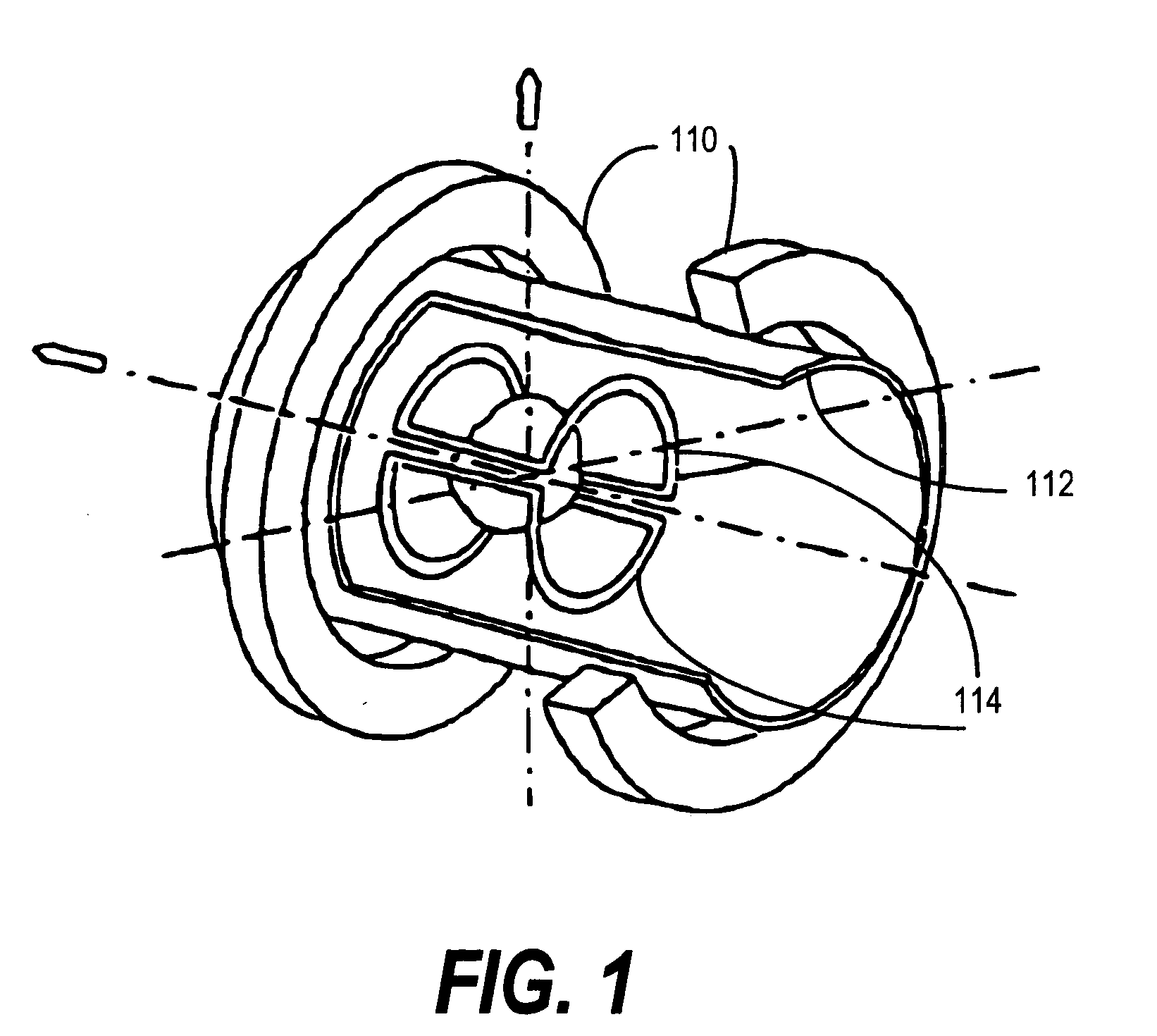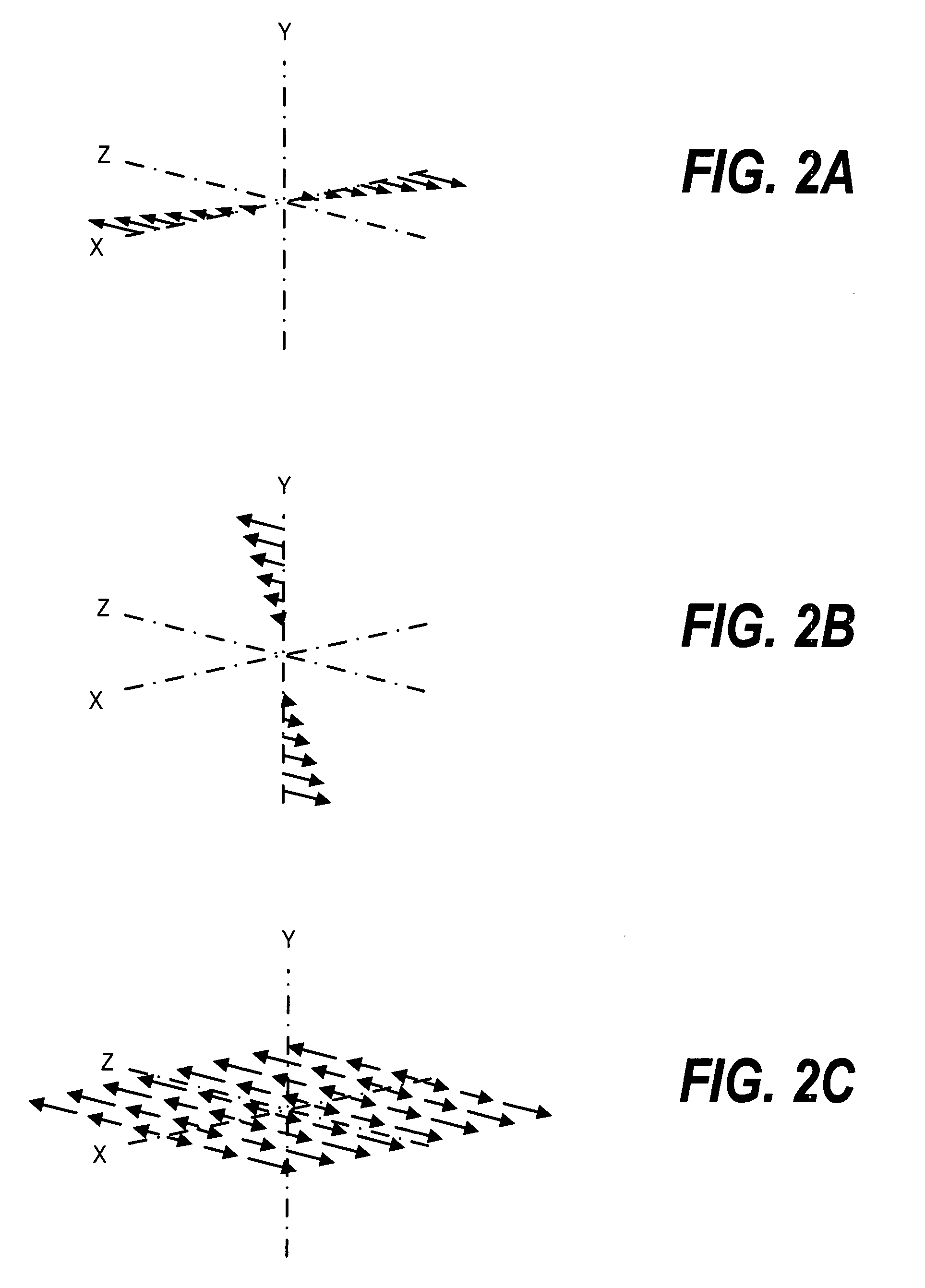System and method for creating robust training data from MRI images
a training data and image technology, applied in the field of computerized tools, can solve the problems of inconsistent existing methods, labor-intensive creation of training data sets, and insufficient training data,
- Summary
- Abstract
- Description
- Claims
- Application Information
AI Technical Summary
Benefits of technology
Problems solved by technology
Method used
Image
Examples
Embodiment Construction
[0020] The following is intended to provide a detailed description of an example of the invention and should not be taken to be limiting of the invention itself. Rather, any number of variations may fall within the scope of the invention, which is defined in the claims following the description.
[0021] The following is a brief description of magnetic resonance imaging for the purpose of understanding the classification problem that a preferred embodiment of the present invention solves and source data that said preferred embodiment analyzes for the purpose of advising the user of a potential diagnosis. Although a preferred embodiment of the present invention itself performs software post-processing on MRI data (hence, one need not actually construct magnetic resonance imaging equipment to practice the invention), it is helpful to understand the nature of the data that a preferred embodiment of the present invention processes, so a brief introduction to ge...
PUM
 Login to View More
Login to View More Abstract
Description
Claims
Application Information
 Login to View More
Login to View More - R&D
- Intellectual Property
- Life Sciences
- Materials
- Tech Scout
- Unparalleled Data Quality
- Higher Quality Content
- 60% Fewer Hallucinations
Browse by: Latest US Patents, China's latest patents, Technical Efficacy Thesaurus, Application Domain, Technology Topic, Popular Technical Reports.
© 2025 PatSnap. All rights reserved.Legal|Privacy policy|Modern Slavery Act Transparency Statement|Sitemap|About US| Contact US: help@patsnap.com



